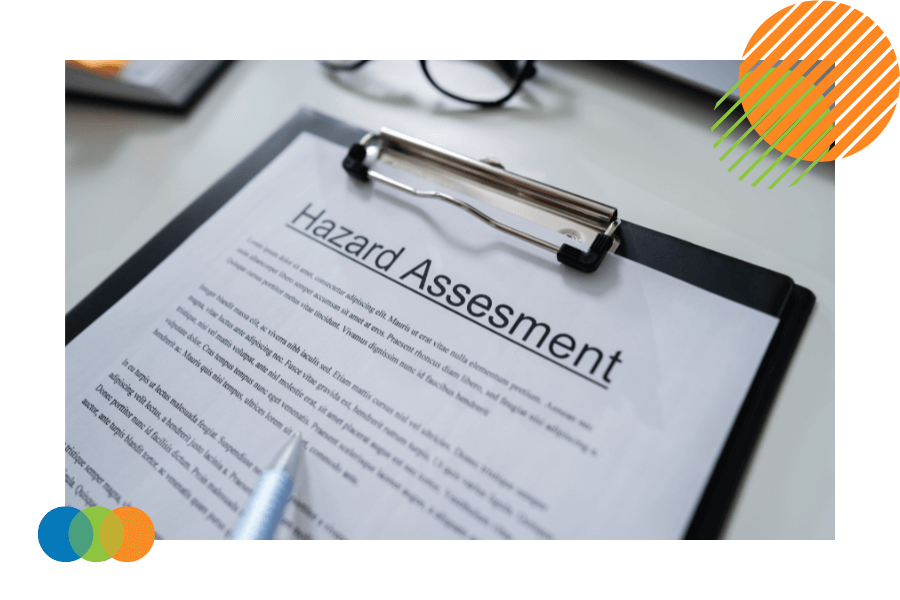 |
Written by Liz McDermott |
Employee safety is of the utmost importance in any workplace. One of the most effective ways to ensure employee safety is to conduct a job safety analysis, which involves identifying and assessing workplace hazards. This process is critical in improving employee safety and reducing the risk of accidents and injuries.
This article highlights eight ways to identify hazards and assess risks, which will help human resources professionals develop an efficient job safety analysis, enhance workplace safety, and ensure compliance.

Identifying and Assessing Workplace Hazards
1. Comprehensive Hazard Listing
At each step of the job, list all potential unsafe conditions or actions that could lead to injury or illness. This includes everything from environmental hazards to unsafe equipment handling.
2. Environmental Risk Assessment
Examine the entire work environment to identify hazards. This should encompass everything from physical space to the tools used and the risk each hazard poses to safety.
3. Risk Matrix Utilization
Apply risk matrix calculations to evaluate the probability and severity of each identified hazard. This helps quantify the risks and prioritize them for control measures.
4. Automation of Risk Calculations
Incorporate safety software to automate the calculation of risks. This ensures consistency and accuracy in the risk assessment process, allowing for systematic identification and mitigation of hazards.
5. Personal Protective Equipment (PPE) Identification
Determine the necessary Personal Protective Equipment (PPE) for each task. PPE may include safety goggles, gloves, and hard hats, which protect employees from identified risks.
6. Implementing Controls
Following the hierarchy of controls, implement measures to manage identified hazards. Start with eliminating the hazard wherever possible; if not, use containment, procedural revisions, exposure reduction, and PPE.
7. Job Hazard Analysis Preparation
Prepare for a Job Hazard Analysis (JHA) by creating a plan that includes job identification, step analysis, hazard identification, and control measures. Regularly review and update the JHA to ensure its effectiveness.
8. Communication of JSA Results
Ensure that the findings and safety measures from the JSA are communicated effectively to all relevant employees. Narrative styles can be more effective for instructional purposes than traditional tabular formats.
Conclusion
In summary, ensuring employee safety is crucial in any workplace. One of the most effective ways to achieve this is by conducting a job safety analysis to identify and assess workplace hazards. In this article, we have highlighted eight ways to identify hazards and evaluate risks. By following these steps, human resources professionals can develop an efficient job safety analysis, enhance workplace safety, and ensure compliance. Regular review and communication of the JSA results are also essential to maintain a safe work environment.
Are you looking for training?
Vubiz provides an extensive range of safety training programs tailored to meet organizations' specific needs. These programs educate employees about common workplace safety hazards based on thorough job hazard analysis, promoting a safer and more secure work environment for everyone.
